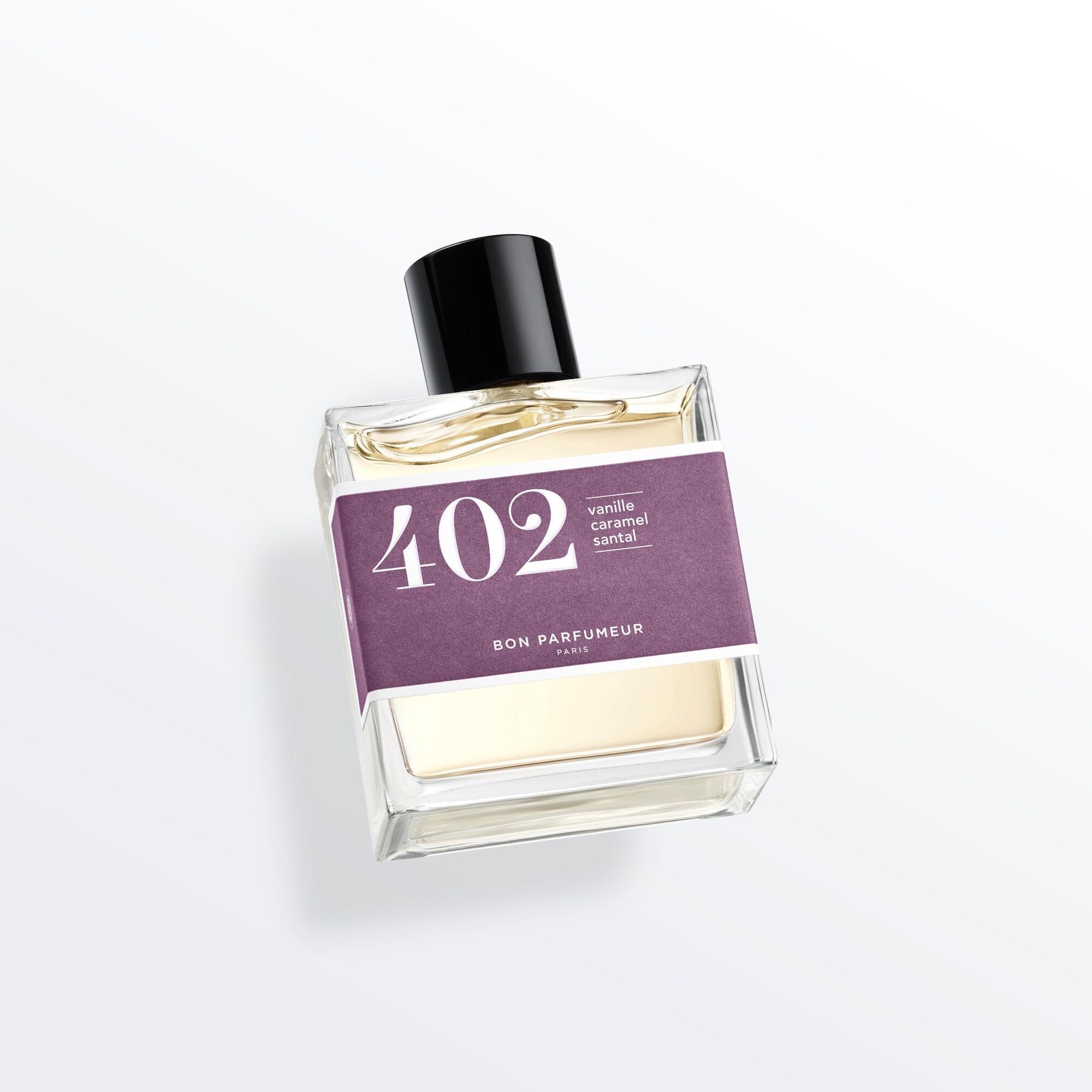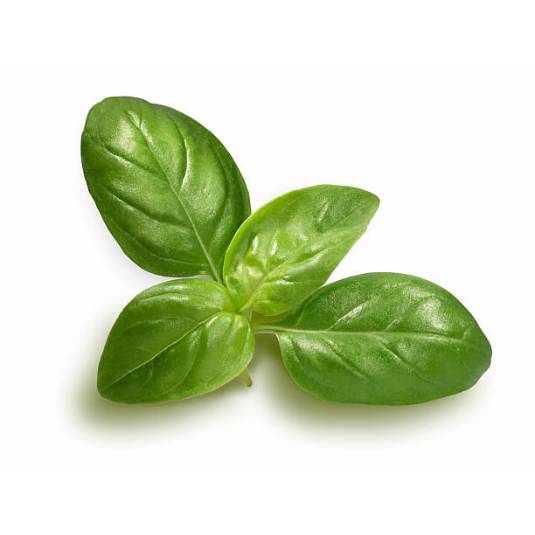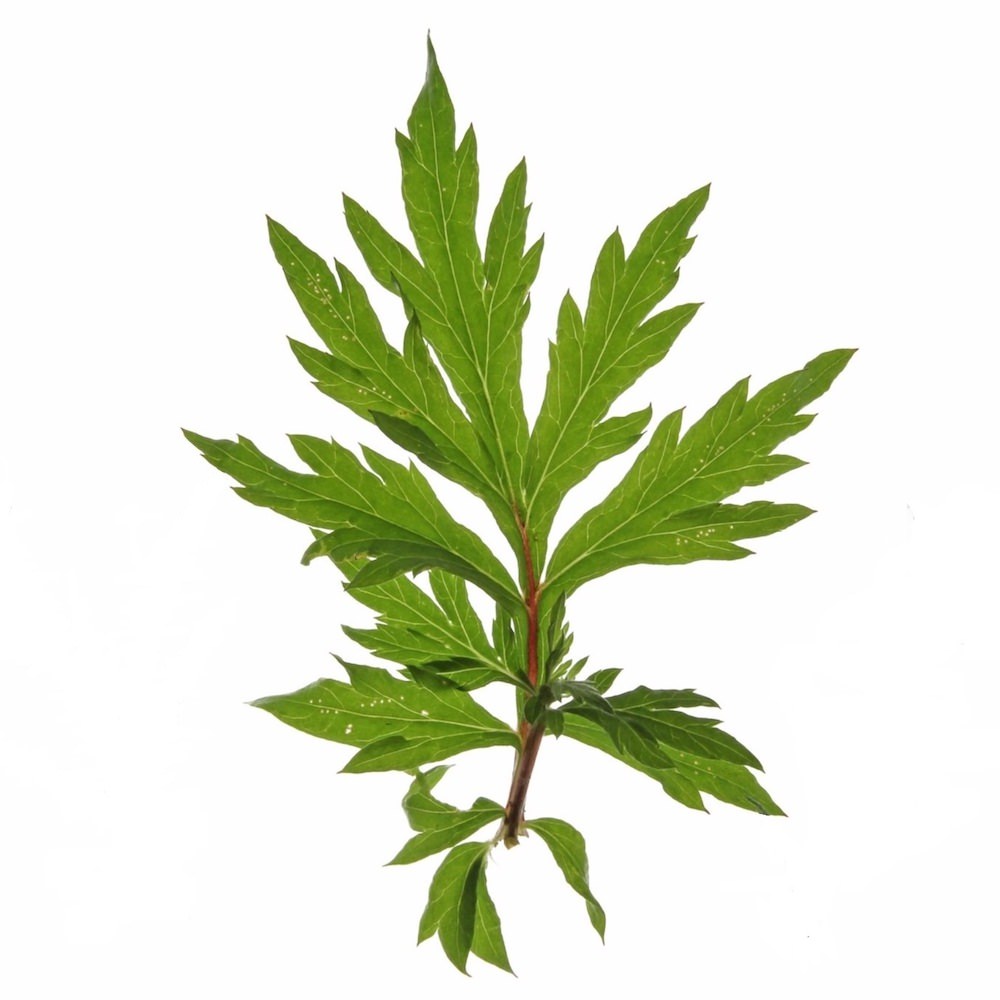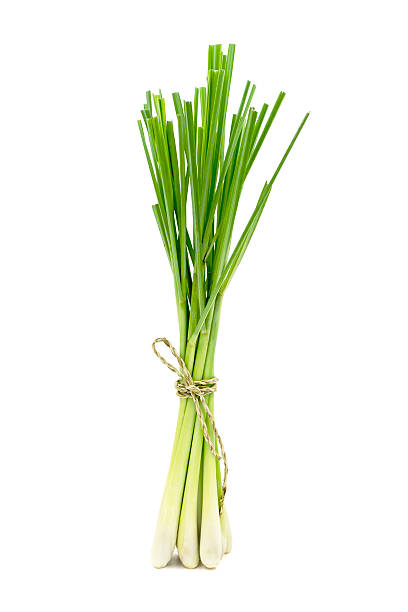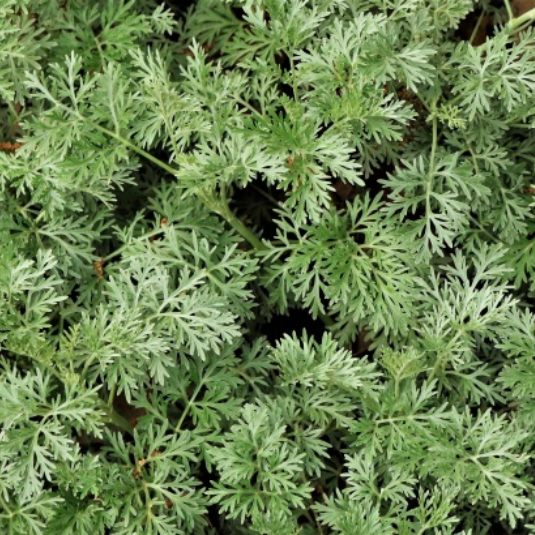What does rosemary mean?
Rosemary, also known by its scientific name Rosmarinus officinalis, is a shrub belonging to the Lamiaceae family. Its name comes from the Latin "ros marinus", meaning "rose of the sea". This name is linked to its ability to grow in arid, coastal environments.
In the beginning...
Rosemary is an ancient plant. It was already used in ancient Egypt for its medicinal properties. In Antiquity, the Greeks and Romans used it for its curative and aromatic virtues. In the Middle Ages, rosemary was considered a magical plant capable of protecting against evil spirits.
Today, it is still highly appreciated for its antioxidant and anti-inflammatory properties, as well as for its fresh, invigorating perfume. It is often used in cosmetics for skin and hair care, as well as in natural perfumes.
Rosemary is native to Mediterranean regions such as Greece, Spain and Italy. Today, it is grown in many parts of the world, including France, where it is used to produce rosemary essential oils.
Rosemary cultivation
Rosemary is grown in different parts of the world, notably around the Mediterranean, including Spain, Italy, France and Greece, where it benefits from a sunny climate and well-drained soil. It is also found in similar regions such as California and some South American countries.
The process of growing rosemary begins with the selection of a sunny spot with well-drained soil. Rosemary cuttings can be planted directly in the soil or grown from seed. Regular watering is important for young plants, but rosemary is a drought-resistant plant once grown. Rosemary develops into dense bushes and can be pruned to maintain its shape and promote compact growth. Harvesting can begin when the branches have reached a sufficient size, cutting the stems close to the base to encourage new growth.
What do you know about rosemary in perfumery?
In order to use rosemary in perfumery and cosmetics, the essential oil must be extracted from the plant's leaves. The manufacturing process begins with the harvesting of rosemary leaves, which must be hand-picked to guarantee the quality of the essential oil. The leaves are then dried and sorted to remove impurities. Steam distillation is the most common method for extracting rosemary essential oil. The dried leaves are placed in a vat and heated with steam. The steam then passes through a cooling coil, where it condenses into an aromatic solution. This solution is then separated into two phases: rosemary essential oil and floral water, which can also be used in cosmetics.
Rosemary's aromatic profile is woody, resinous and slightly spicy. In cooking, it is often used to add a note of freshness to rich, flavorful dishes, such as roasted meats and grilled vegetables. And in the perfume industry, rosemary is used as a base note in woody, aromatic fragrances to add depth and complexity.
Rosemary has a distinctive, versatile scent that blends well with many olfactory accords. Here are a few examples of olfactory accords commonly associated with rosemary:
• Citrus: Citrus notes such as lemon, grapefruit and orange, blend harmoniously with rosemary, adding a lively freshness to the fragrance.
• Aromatic herbs: Due to its herbaceous nature, rosemary blends well with other aromatic herbs such as lavender, thyme or sage, creating a complex, soothing herbal bouquet.
• Woody notes: Woody accords such as cedar, sandalwood or vetiver can add depth and warmth to the presence of rosemary, creating an interesting contrast between freshness and warmth.
• Marine notes: The combination of rosemary with marine notes evokes a Mediterranean ambience, where sea breezes mingle with coastal vegetation, adding a marine and saline dimension to the perfume.
• Spices: Spices such as black pepper, ginger or cloves can be used to add a subtle spicy touch that complements the herbaceous notes of rosemary.
INTERESTING FACT!
In addition to its use in perfumery for eaux de parfums, candles, home fragrances and in cosmetics for body lotions and rosemary hair sprays, rosemary is also known for its health benefits. Indeed, this aromatic plant is rich in antioxidants, fatty acids and minerals, making it an excellent ingredient for fighting diseases and boosting the immune system. In particular, rosemary is used to improve digestion, relieve joint and muscle pain, and stimulate blood circulation. It is also known for its antifungal and antibacterial properties, making it an ideal ingredient for treating skin and scalp infections.
Some popular rosemary perfumes...
Rosemary is a key ingredient in many popular perfumes. Among them are:
• Eau de Campagne by Sisley: A refreshing, invigorating perfume that combines rosemary, lavender and lemon.
• Pour un Homme by Caron: A classic fragrance with notes of rosemary and lavender, offering a masculine, elegant scent.
• Eau Dynamisante by Clarins: This scent uses rosemary to add a touch of freshness and vitality.
• Bois d'Orange by Roger & Gallet: A perfume that subtly blends rosemary with other ingredients, creating a harmonious composition.
• Eau de Cologne du Parfumeur by Guerlain is a refreshingly elegant perfume that combines notes of lively citrus, aromatic lavender and subtle musk, offering a timeless, classic olfactory experience.
• XS by Paco Rabanne is an intense, seductive men's perfume that blends spicy, woody and floral notes to create a captivating, sophisticated composition.
Rosemary X Bon Parfumeur
Bon Parfumeur's rosemary’s best fragrances made in France include:

• Eau de parfum 801 : With its notes of rosemary, sea notes and citrus, this juice offers a light, fresh and elegant perfume. You can wear this eau de parfum all year round and enjoy its freshness in all circumstances!
• Eau de parfum 701 : This rosemary perfume is a veritable olfactory explosion! Notes of rosemary, eucalyptus, coriander and cypress combine to deliver a tonic, revitalizing result. Each spray of this perfume immerses you in a sensorial experience that awakens the senses.
Bon Parfumeur skilfully exploits the aromatic properties of rosemary in its compositions, offering fragrances that combine freshness, elegance and vitality. What's more, the use of recyclable glass bottles testifies to their commitment to sustainability and environmental responsibility.

